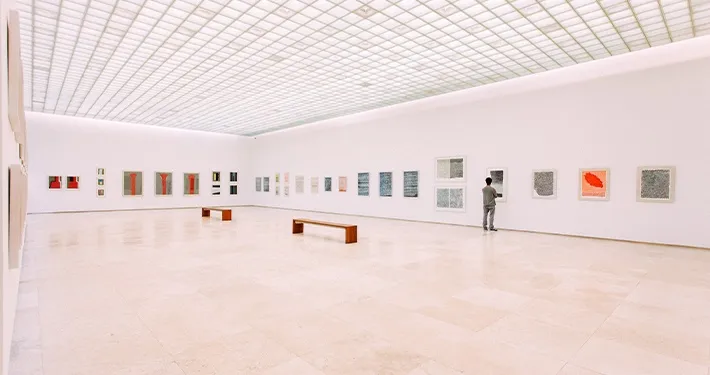1. PERCEPTION OF THE ARTIST
How does the market perceive the artist’s entire body of work and her or his biography? Is the artist part of market relevant networks? Artists at the beginning of their careers will typically have lower price points than established artists. Even if non-academic artists have never had more chances in history than today, the best earning artists are still academic artists.
How does the market perceive the artist’s entire body of work and her or his biography? Is the artist part of market relevant networks? Artists at the beginning of their careers will typically have lower price points than established artists. Even if non-academic artists have never had more chances in history than today, the best earning artists are still academic artists.







